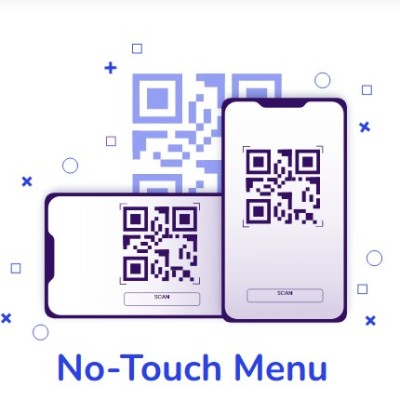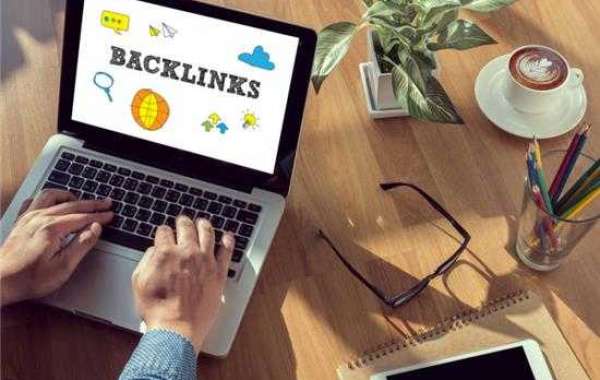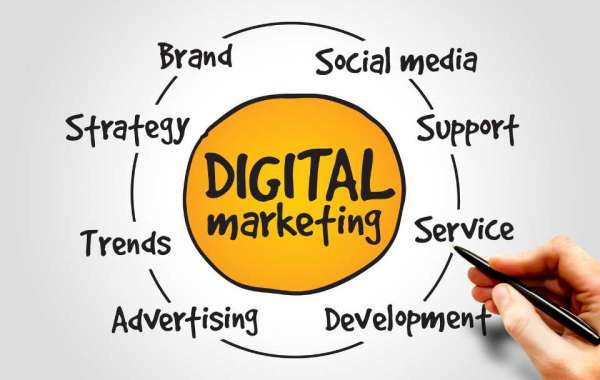For local businesses, trust and connection are everything. While national brands may compete on price and reach, small businesses win with relationships, loyalty, and community presence. One of the most powerful ways to strengthen those bonds is by listening to what your customers really think—and the simplest way to do that is through a Net Promoter Score (NPS) survey. But the effectiveness of your feedback depends entirely on how you ask and where you ask it. That’s why mastering the NPS question format and using a seamless campaign embed is crucial.
Recent research shows that businesses that implement a structured NPS program see 20–40% higher customer retention. For local businesses, this isn’t just useful—it’s transformative. In this post, we’ll explore key challenges business owners face when designing and delivering NPS surveys, and how to solve them using proven strategies and tools.
Getting the NPS Wording Right
The challenge: A poorly phrased NPS question can lead to confusion or skewed results.
Tips to solve it:
Use the gold standard format: “How likely are you to recommend [Business Name] to a friend or colleague?”
Keep it neutral—avoid leading or emotionally charged language.
Always follow up with an open-ended question like: “What’s the primary reason for your score?”
Real-world example: A local dry cleaner originally asked, “How satisfied are you with our service?”—but switched to the standard NPS format. This change led to more actionable feedback and a 3x increase in responses.
Keeping It Short and Focused
The challenge: Customers lose interest quickly if a survey feels too long.
Tips to solve it:
Stick to two questions: the NPS score and one optional comment.
Avoid multiple-choice or rating grids.
Use conversational tone to make the interaction feel personal.
Real-world example: A bakery chain condensed their feedback form from 5 questions to just the NPS format and an optional comment box. This simplicity led to a 67% response rate increase.
Choosing the Right Timing
The challenge: Sending NPS surveys at the wrong time can reduce engagement and skew results.
Tips to solve it:
Trigger surveys right after key moments: a purchase, delivery, or service.
For subscription-based models, wait until the customer has had time to experience value.
Avoid weekends or holidays unless they align with your service.
Real-world example: A neighborhood dog groomer sent NPS emails 24 hours after appointments. The thoughtful timing felt relevant and led to more detailed comments.
Designing a User-Friendly Experience
The challenge: A clunky or confusing interface discourages customers from finishing the survey.
Tips to solve it:
Use a clean, mobile-friendly design with large buttons.
Pre-fill known fields (like name or email) when possible.
Don’t ask customers to log in—ever.
Real-world example: A local music school optimized its feedback form for mobile. Busy parents could submit feedback in under 30 seconds, increasing survey completion on the go.
Leveraging a Smart Campaign Embed
The challenge: Sending surveys via email only captures a fraction of your customer base.
Tips to solve it:
Use a campaign embed to place your NPS survey directly into website popups, thank-you pages, or post-checkout screens.
Embed surveys into SMS campaigns or chatbots for broader reach.
Use UTM tracking to see which channels perform best.
Real-world example: A boutique clothing store added an NPS survey to their email receipt and checkout page. This doubled their feedback volume without needing additional follow-ups.
Integrating with the Tools You Already Use
The challenge: Many small businesses juggle tools and don’t want to add more complexity.
Tips to solve it:
Use form platforms that integrate with your email marketing, CRM, or website builder.
Automatically tag NPS responses in your CRM for segmentation.
Trigger follow-up campaigns based on responses.
Real-world example: A craft beer shop synced their NPS responses with Mailchimp. Promoters received loyalty offers automatically, while Detractors got personalized emails from the owner.
Personalizing Based on NPS Scores
The challenge: Many businesses treat all survey responses the same way.
Tips to solve it:
Use conditional logic to show different thank-you messages based on score.
Route Promoters to a review platform or referral program.
Direct Detractors to a feedback form or customer service contact.
Real-world example: A co-working space created tailored journeys based on responses. Promoters were invited to exclusive events, and Detractors were sent a follow-up call offer—leading to major reputation boosts.
Tracking Feedback Trends Over Time
The challenge: One-time surveys can feel like guesswork without context.
Tips to solve it:
Send surveys regularly—monthly or quarterly depending on volume.
Track trends by comparing NPS by location, service type, or staff member.
Use dashboards or spreadsheets to visualize data easily.
Real-world example: A local gym tracked NPS quarterly and noticed a seasonal dip in winter. They added new indoor classes and saw NPS rebound by the next cycle.
Asking the Right Follow-Up Questions
The challenge: Not knowing why customers gave a certain score limits your ability to improve.
Tips to solve it:
Ask, “What’s the main reason for your score?” to keep it open-ended.
Add optional fields like “How can we improve?” if you're seeking deeper insights.
Don’t overload the follow-up with too many questions.
Real-world example: A community theater added a second field: “What would make your next visit even better?” This led to changes in seating and lighting based on consistent feedback.
Sharing the Insights with Your Team and Community
The challenge: Feedback is often collected but rarely shared in a way that builds momentum.
Tips to solve it:
Celebrate improvements driven by NPS feedback in your team meetings.
Highlight customer praise in-store or on social media (with permission).
Involve your community—invite loyal customers to participate in improvements.
Real-world example: A small-town bookstore featured NPS-driven changes on their community board. Patrons loved seeing their voices make an impact, increasing loyalty and engagement.
Building Customer Loyalty, One Question at a Time
By perfecting your NPS question format and placing it wisely through a strategic campaign embed, you’re not just gathering feedback—you’re strengthening your bond with the community. For local businesses, it’s not about big budgets or fancy marketing—it’s about listening to your customers in a simple, meaningful way and using that insight to grow.
So, how are you currently collecting feedback? Are you making it easy, relevant, and personal? Could embedding an NPS question in your next campaign change the way your customers see you?
Every answer is an opportunity—and your next loyal advocate might just be one click away.










